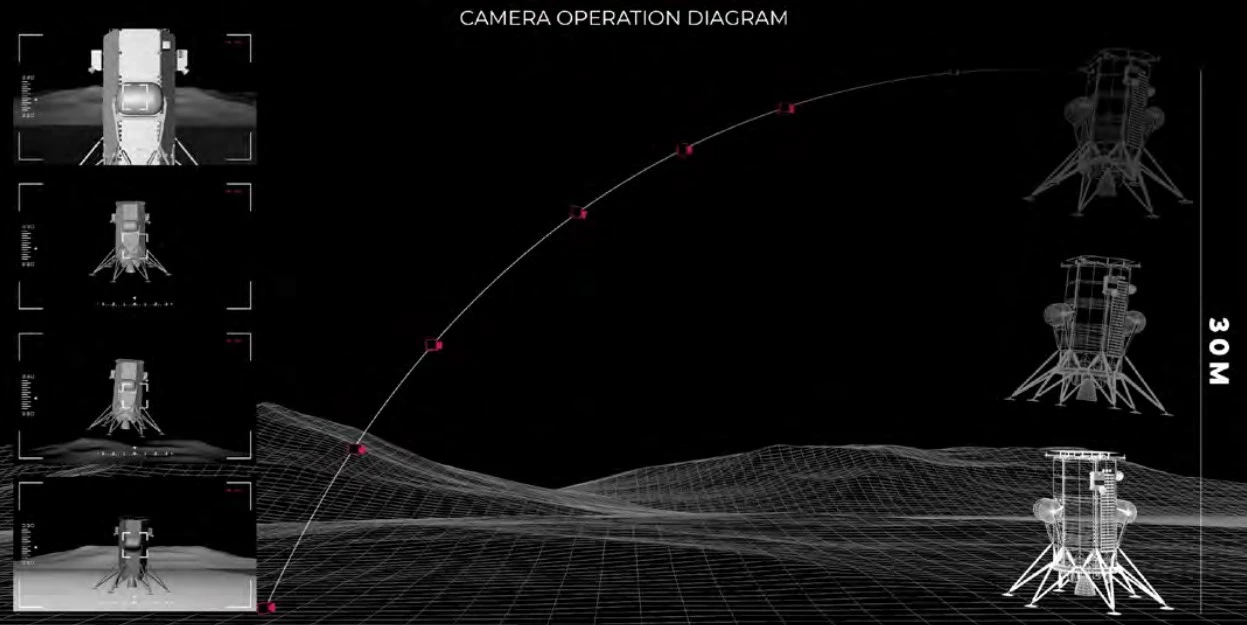The United States has returned to the Moon after over 50 years. At 6:24 pm EST, the robotic Odysseus touched down autonomously on the lunar surface, followed by a tense 13-minute gap as radio communications were established with mission control.
Today's landing of the IM-1 mission was the first US lunar lander mission since Apollo 17 in 1972. It also enters the history books as the first lunar landing ever by a privately owned and operated spacecraft.
It was also a bit of a nail biter. After the unfortunate end of the recent Peregrine landing mission that burned up in the Earth's atmosphere, there was a palpable anxiety in Mission Control as the Nova-C class lander Odysseus (nicknamed "Odie") made its descent under autonomous mode to its landing site 300 km (190 miles) from the Moon's south pole.
Part of the reason for this tension was the scheduled communications blackout during the landing phase, but there was also a technical factor. The onboard landing navigation system suffered a malfunction on the eight-day journey to the Moon, so flight engineers had to rig a software patch to connect the lander's system to NASA's Navigation Doppler Lidar for Precise Velocity and Range Sensing (NDL) experiment, which is part of the commercial payload.
Thus, what was originally a demonstration of a new laser-guided landing navigation technique was suddenly thrust into critical use.
The drama peaked two minutes after landing, when the expected signal from Odysseus failed to appear. With the prospect of another failure looming, Mission Control ran through various procedures and alerted the Goonhilly Ground Station in Britain to seek out any signs of life from the vehicle.

Then, at 6:37 pm EST, Intuitive Systems, the builders of Odysseus, confirmed contact with the lander at its landing site of the crater Malapert A.
According to an Intuitive Machines spokesman, "Odysseus has a new home."
Source: Intuitive Machines









